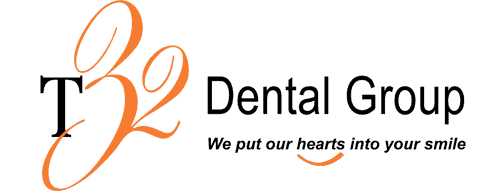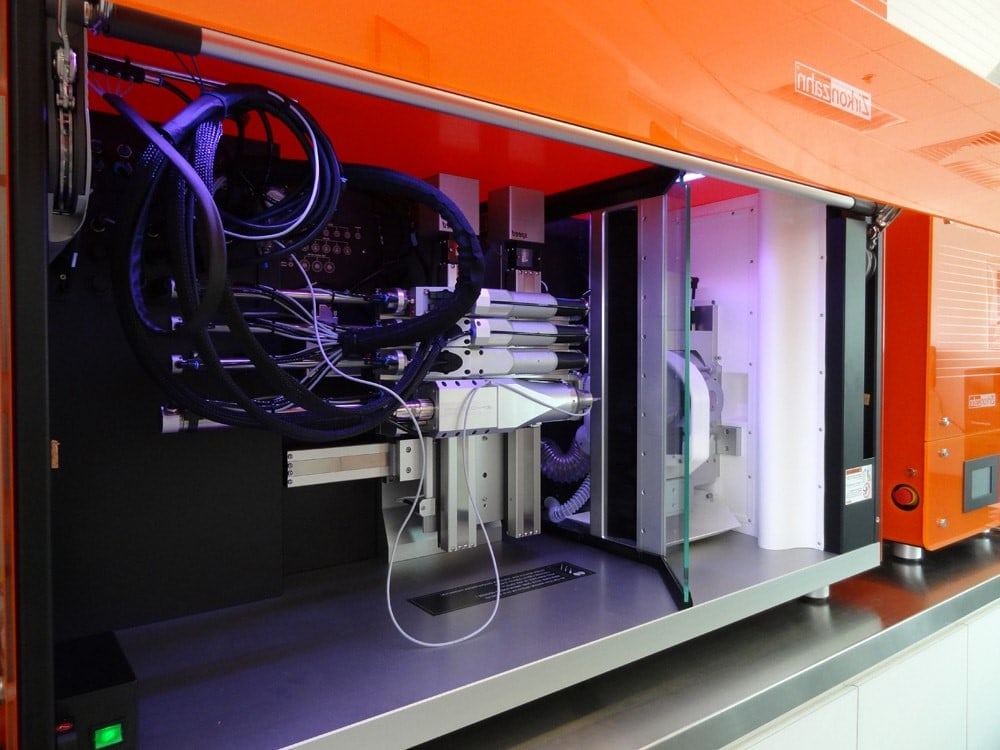
Digital Dentistry
Digital Dentistry refers to a digital workflow process involving the use of 3D Computed Tomography (CT) scanner, 3D treatment planning software, 3D Printer, 3D intra-oral scanner and Computer-Aided Design/Computer-Aided Manufacturing (CAD/CAM) technology in the field of dentistry.
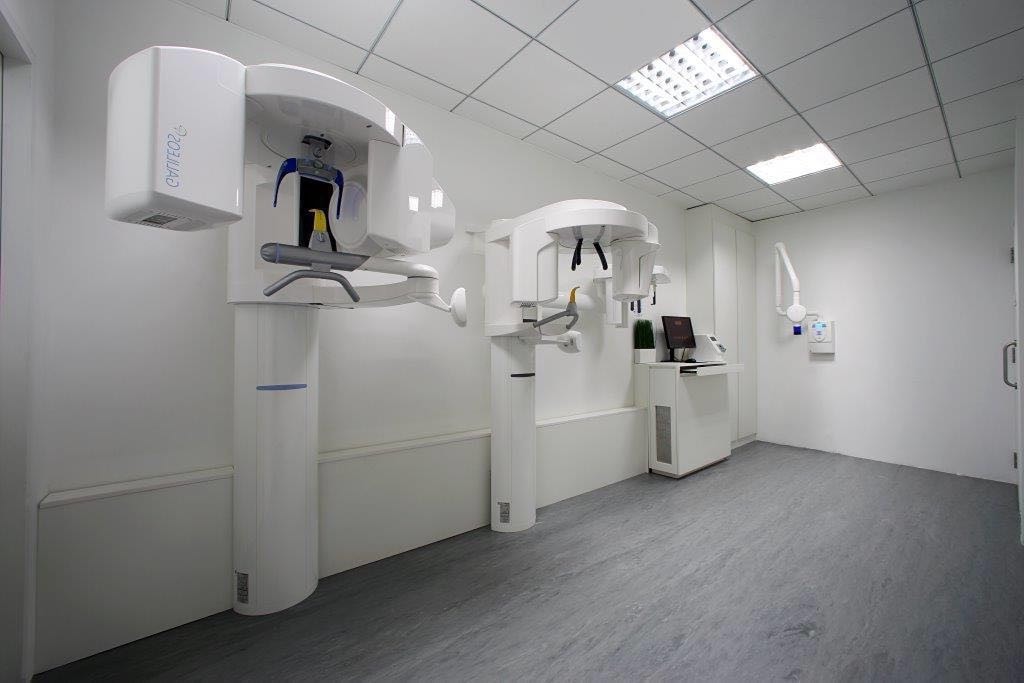
Benefits of Digital Dentistry
- Allows for more comprehensive pre-surgery treatment planning so that all difficult and critical decisions can be made before surgery
- Reduces guess work and human errors
- Accuracy is improved, e.g. dentists can decide on the length of implant and angle of insertion
- Therefore surgery is safer and more efficient
- Reduces time of treatment/surgery, which means that the period of time when patient’s anxiety is high, is reduced
- Minimise post-surgery complications
- Less waiting time for surgery appointments, especially when seeing specialists (usually up to 2 months waiting period.
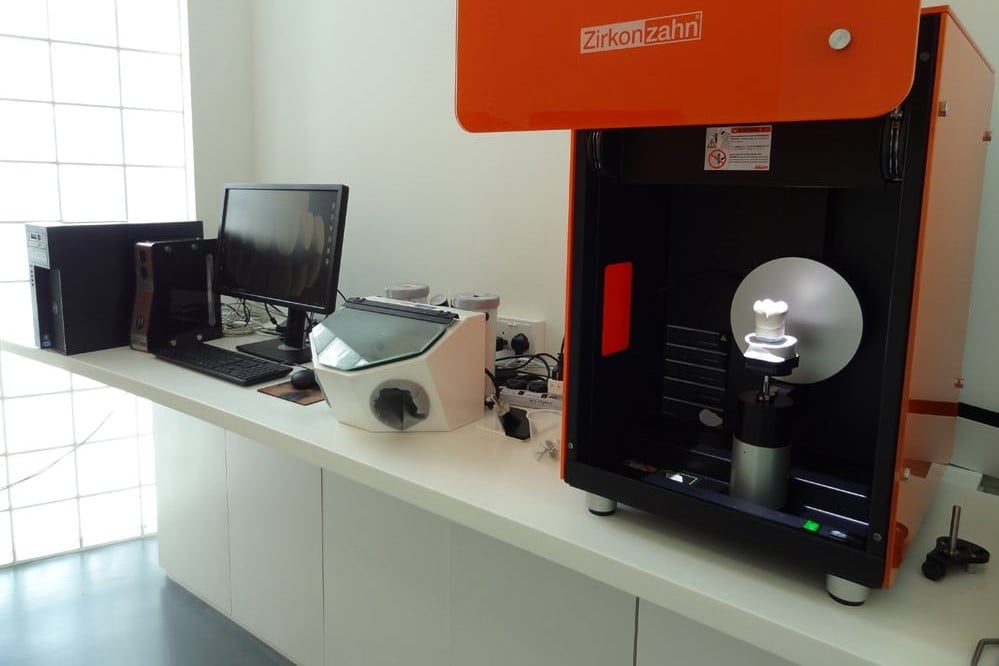
Applications of Digital Dentistry
- Implant dentistry
- Reduces storage space because teeth and jaw models can be scanned and archived digitally rather than having to store physical copies
- Create Temporomandibular (TM) Joint models for accurately diagnosing and consulting patients with TM disorders
- Creating mouth guards, stents and splints
Patient Education and Consultation
At T32, we understand the concerns while you are on the road to regaining your confidence. As such, patient education and counselling is important. We will help you fully understand your dental condition and the eventual proposed treatment plan for you.
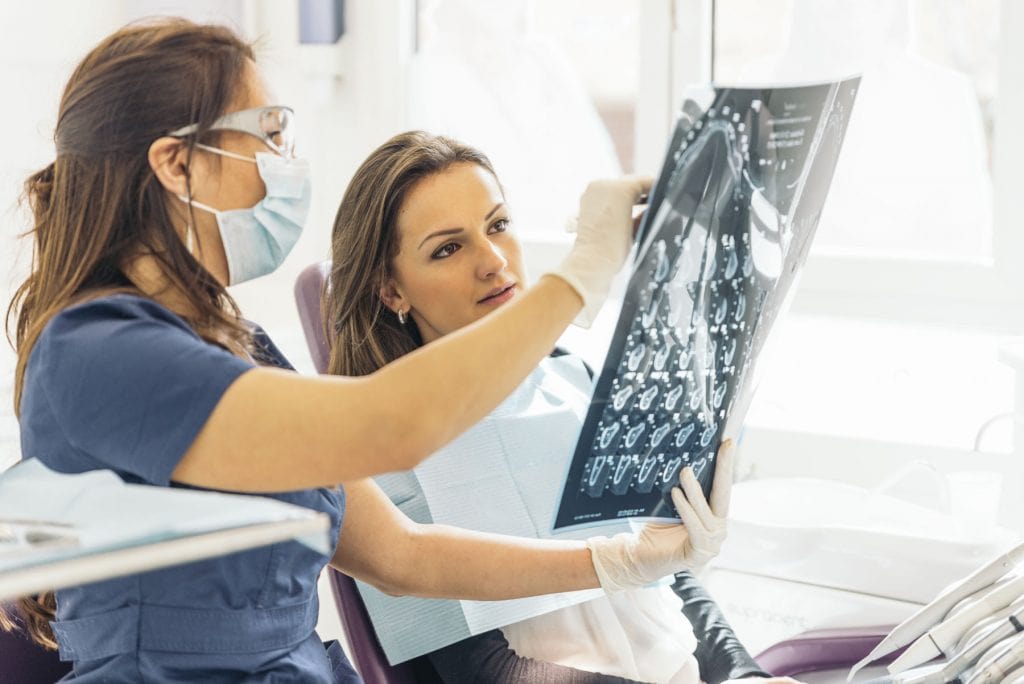
Before our dental specialists are able to confirm on the appropriate treatment for you, they would need to:
- examine your dental condition with the review of an x-ray and/or CT scan of your jaw and teeth,
- discuss your medical history and other concerns that you may have, and
- thereafter, present the proposed treatment plans to you.
As each individual is unique, and there are also various treatment modalities available, our T32 patient care counsellors will thoroughly explain the details of the treatment plans so that you may make an informed decision.
FAQs on Digital Dentistry
What's the difference between digital dentistry and normal dentistry
Take for example, in the case of dental implants, diagnosis of dental implant surgery was done without a 3D cone beam CT scan and usually only with a 2D X-ray scan. This is insufficient to appreciate jaw bone density and therefore surgeons only find out whether the patient has sufficient bone to support the dental implant during surgery. This inevitably corners the patient to make a hasty decision to proceed with bone grafting or to abort the surgery altogether.
Currently for single tooth implants, surgery is usually done without a guide. A digital periapical x-ray is used during surgery to check the angle and depth of the drill before an actual implant is inserted.
For multiple implants, a guide is highly recommended to ensure accurate implant placements. Currently, such guides are made by scanning a patient’s jaw, planning the treatment on 3D software and sending this information to Switzerland or Denmark where the guides are manufactured. This process takes about 1 week and is costly.
What does T32 have to offer in terms of digital dentistry?
We have the following leading technology in our centre:
- Swissmeda SMOP, 3D implant planning software to design the guide for implants based on 3D images acquired
- Invested in the Eden Objet 3D Printing System, to print dental implant guides after the design stage
- Intral Oral Scanner, to take images of teeth from within the mouth
- Zirkonzahn CAD/CAM System 5-Tec, advanced system to mill dental prosthesis from 3D images
- Facehunter, a software that allows for the projection of the end-result, e.g. for orthodontics, patient can see how they look after treatment is completed.
Why is there a need for 3D software?
A traditional CT scan comes in a 2D physical film and as such the surgeon is unable to plan and visualise the placement of a dental implant prior to the actual surgery.
3D software is necessary because it aids in pre-treatment planning to digitally place the implants. This planning will reveals the type and size of dental implants suitable for the patient and the exact angle and orientation of the dental implant. This allows surgeries to be efficient without the need to make last minute decisions.
How does 3D Printing help dentistry?
Even with a 3D scan and 3D treatment planning, it still takes the expertise of the surgeon to place the dental implant accurately by freehand.
Currently, most surgeons utilise a digital bite-wing X-ray and a drilling guide to test the angle and direction of the placement before inserting the actual dental implant to avoid nerves and adjacent teeth as planned.
By printing a physical dental implant stent or guide, the T32 surgeon is able to place the dental implant with pin-point accuracy thereby eliminating trial and error. This ultimately also makes the surgery efficient, safer and reduces its duration.
I Want To Make An Enquiry/Appointment
Make An Enquiry/Appointment
Fill up the form with your particulars if you would like to learn more about our services.
I hereby give my consent to T32 Dental to send emails, SMS message, and/or call to my contact particulars provided herein
